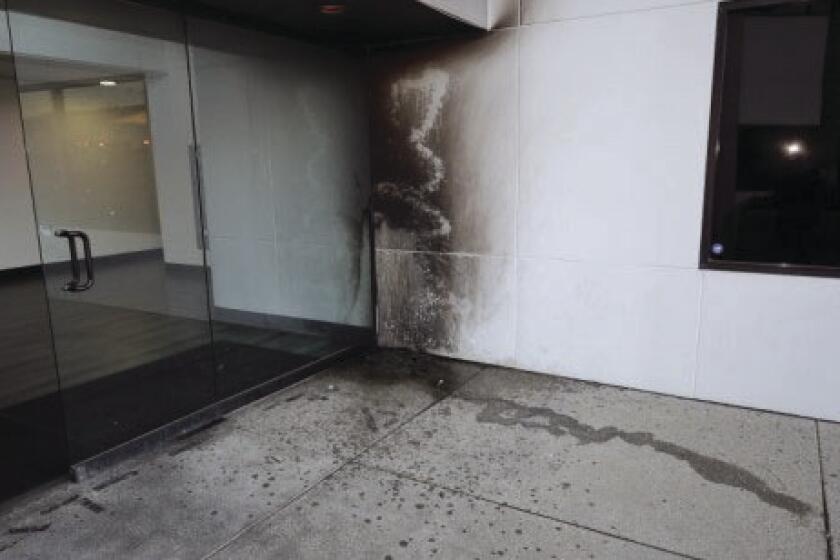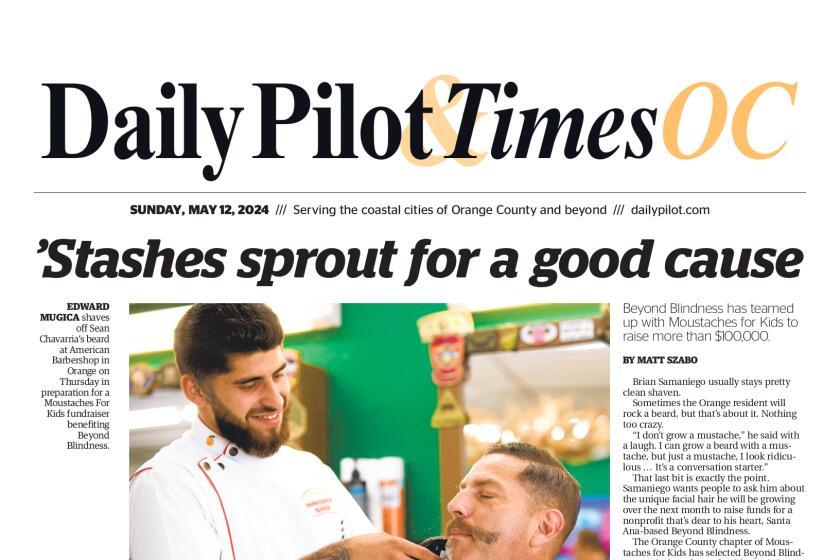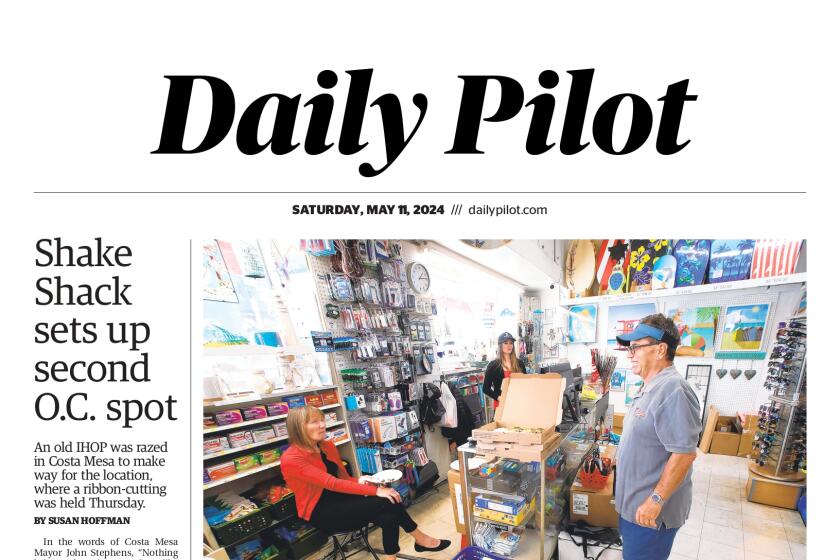2017 in review: County evicts homeless along Fountain Valley’s river trail
The dispersal of a Fountain Valley homeless encampment this fall was another flash point in Orange County’s broader homelessness crisis.
And water infrastructure, first-responder pay, a framework for potential widespread redevelopment in the city’s southwest side, and bringing the city’s centerpiece fountain out of its drought-induced slumber got attention this year at City Hall.
Here are some of Fountain Valley’s top stories of 2017, in reverse chronological order:
Homeless displaced from Santa Ana River trail
More than 150 homeless people who had set up camp along the Santa Ana River trail in Fountain Valley were displaced as county officials began enforcing a curfew in November.
The county’s plan included closing the west side of the flood control channel between 17th Street in Santa Ana and Adams Avenue in Huntington Beach as it prepared to start maintenance of flood control district property along the trail.
Homeless advocates contend the county is simply pushing the issue down the road instead of solving the growing problem.
Mechanical issues plague wells
Fountain Valley’s groundwater well system suffered off-and-on failures all year, requiring about $250,000 in emergency repairs and, at times, leaving the city with only two of its six wells in operation.
One well, near Warner Avenue and Newhope Street, went down three times this year: a drive failed, then a pump, then a motor.
Combined, these cost about $76,000.
Another well, at Nieblas Park, had about $176,000 pump issues that kept it down from July to November.
Two other wells, near Coastline Community College and Mile Square Regional Park, respectively, had been dormant for months with motor and pump problems and had been separately scheduled for a combined $576,000 in rehabilitation, which is expected to be completed by January.
Residents shouldn’t have noticed because of redundancies in the local water network. The city also has a connection to the Metropolitan Water District in Garden Grove.
Fountain could flow again
Fountain Valley needs fountains — it’s in the name. To that end, the city started plans to revive the 17,000-gallon water feature outside City Hall, which had been dry for two years during the drought.
In August, the City Council leaned toward a plan to turn on the water in the fountain section that contains the “City of Fountain Valley” sign and place plant life in the tiers closer to City Hall’s doors and on the ground nearby. But the full project could cost about $420,000, leading the council to hold off in order to study more-detailed cost estimates.
Sales tax boosts first responders
The voter-approved Measure HH sales tax increase went into effect in April and promptly went toward raises for firefighters and police, as promised.
Police management — lieutenants and captains — got immediate 3% increases in May, plus monthly longevity pay if they have at least 20 years of service, retroactive signing bonuses, increased city contributions to their health insurance plans and a bump in bankable vacation hours, plus salary increases over the next two years. This fiscal year, they got 4% raises. Next year, they will get 3% boosts.
In September, firefighters got 4% raises, to be followed up by raises of 3.5% next year and 3% the year after. And in October, front-line police officers and sergeants got raises of 4% this year, 4% next year and 3.5% the year after.
Fountain Valley voters passed the 1% sales tax increase in November 2016, bringing the city’s sales tax rate to 8.75%. Money raised from the new tax is to be used for public safety, after-school programs, senior services, pension obligations, stormwater systems and other general services.
Fountain Valley Crossings vote delayed
The controversial Fountain Valley Crossings redevelopment project spent much of the year in a holding pattern after initial forward motion.
Fountain Valley’s Planning Commission certified the project’s environmental impact report in May, but the City Council put off its own vote the next month to allow more public feedback.
Council approval of the environmental report is needed before the city can make zoning changes that could allow redevelopment of 162 acres in the southwest portion of the city. The largely industrial area bordered by Ward Street, Talbert and Ellis avenues and the Santa Ana River eventually could become a diverse blend of retail and entertainment venues and up to about 500 homes.
Daily Pilot staff writer Hannah Fry contributed to this report.
Twitter: @Daily_PilotHD
All the latest on Orange County from Orange County.
Get our free TimesOC newsletter.
You may occasionally receive promotional content from the Daily Pilot.




